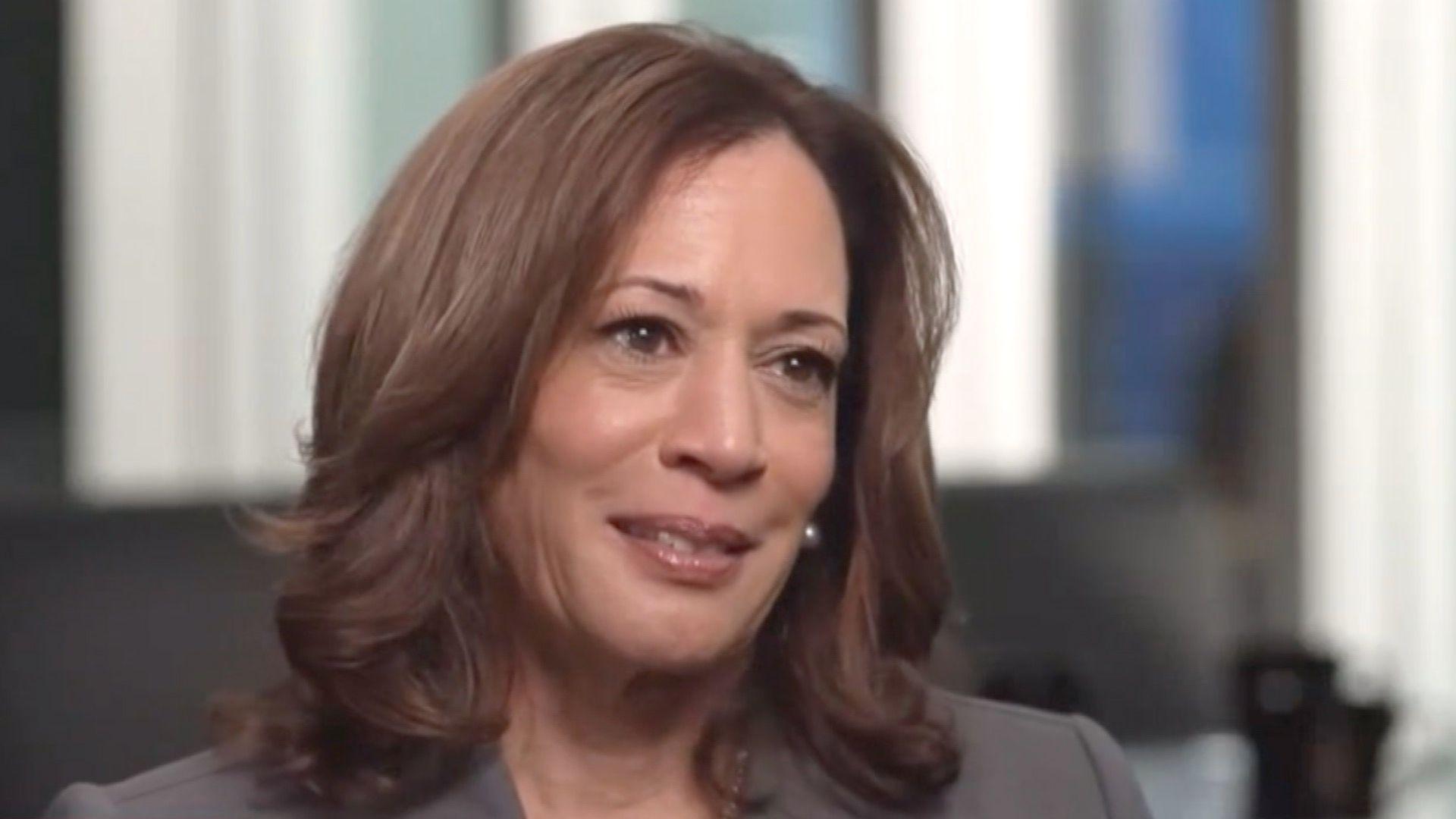Fact-checking Kamala Harris’s first campaign interview
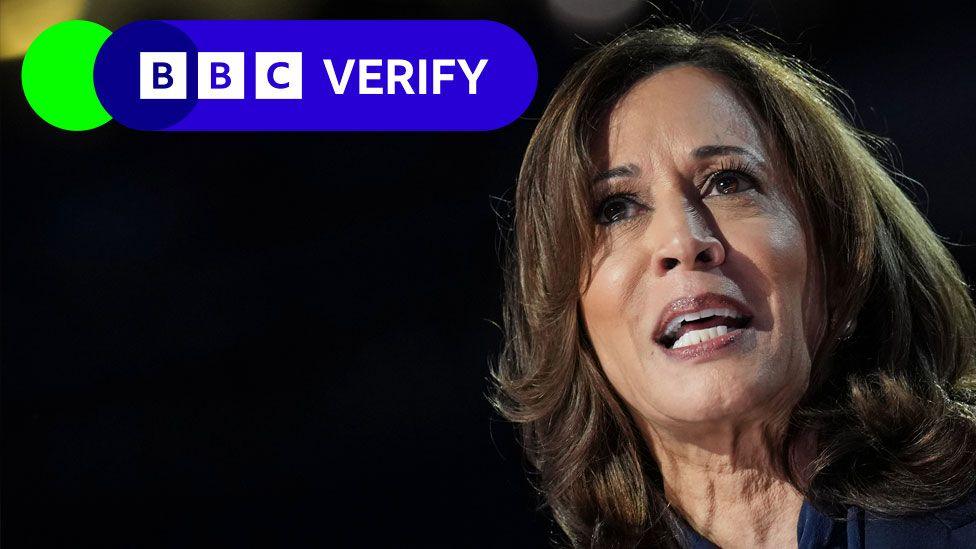
- Published
Democratic presidential candidate Kamala Harris has given her first interview since entering the race - a joint conversation alongside running mate Tim Walz.
BBC Verify has looked into claims she made in the CNN interview about fracking, the Biden administration’s record on child tax poverty and investment in clean-energy jobs.
What is Harris’s position on fracking?
CLAIM: In Thursday’s interview, Ms Harris said she would not ban fracking and maintained that she has “not changed that position”.
VERDICT: This needs context and could be misleading as Ms Harris has changed her public position on fracking. In 2019, she said she was “in favour of banning fracking.”
The following year, in the 2020 vice presidential debate, external when she was on the Biden ticket, Ms Harris said “Joe Biden will not end fracking” and: “I will repeat, and the American people know, that Joe Biden will not ban fracking.”
During the CNN interview on Thursday she was pressed on her 2019 statement, and Ms Harris responded: “I made that clear on the debate stage in 2020, that I would not ban fracking. As vice-president, I did not ban fracking. As president, I will not ban fracking.”
In the debate, Ms Harris was referring to President Joe Biden’s policy plans. She did not state whether her own views at the time differed from this position.
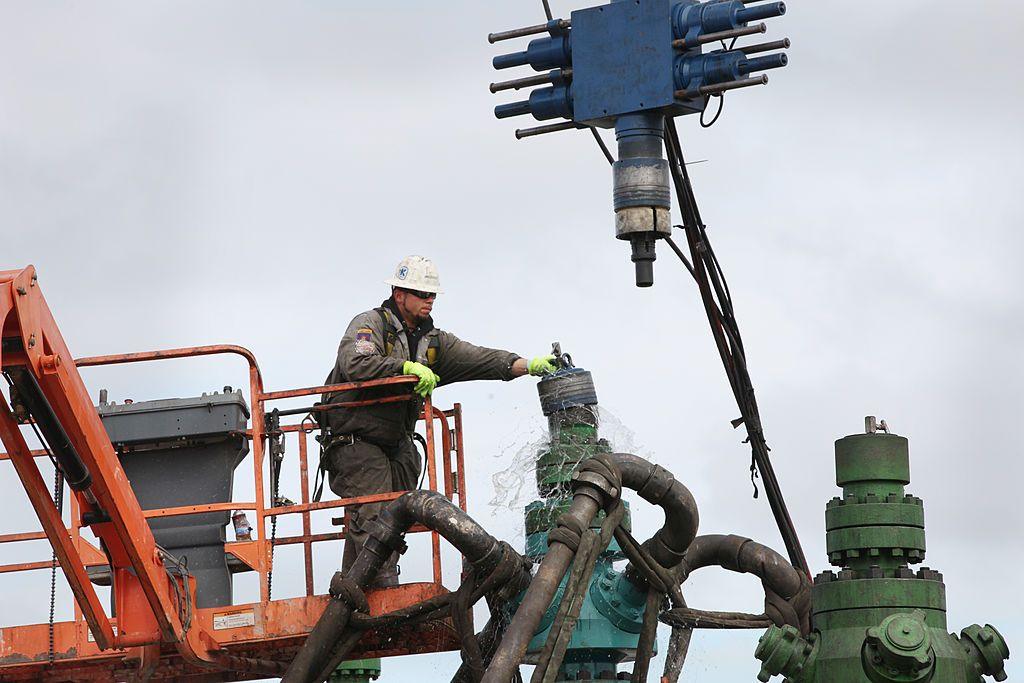
In 2019, Kamala Harris said she was "in favour of banning fracking".
Has child poverty fallen by over 50%?
CLAIM: “When we do what we did in the first year of being in office to extend the child tax credit, so that we cut child poverty in America by over 50%.”
VERDICT: This is somewhat of an exaggeration and needs context. Child poverty rates did fall, but not by “over 50%” and they rose again the year after, so the impact was only temporary.
The Supplemental Poverty Measure (SPM), external is one measure of poverty in the US and it does show that the child poverty rate fell 46% between 2020 and 2021.
However, after the Covid-era boost to child tax credit ended, the record low child poverty rate of 5.2% in 2021 rose to 12.4% the following year, according to 2022 Census Bureau data, external.
Americans earning less than $200,000 annually (or $400,000 for joint claimants) can, under the current child tax credit scheme, get $2,000 per year for each of their children under the age of 17.
This amount was increased by President Biden during the Covid pandemic up to a maximum of $3,600 but it reverted back to $2,000 at the end of 2021.
Kamala Harris has said that as president she would restore the child tax credit enhancement and provide $6,000 per child to families for the first year of a baby’s life.
How many clean-energy jobs have been created?
CLAIM: “What we’ve already done creating over 300,000 new clean-energy jobs.”
VERDICT: It is true that a large number of clean energy jobs have been created under the Biden administration, but the exact number is uncertain.
Kamala Harris is referring to the jobs created by the Inflation Reduction Act - a law signed by Joe Biden in August 2022 that introduced major investments in clean energy and climate-related projects.
The claim of “over 300,000 new clean-energy jobs” comes from a recent report by Climate Power, external, a climate communications organisation.
It reported that since August 2022 companies have “announced and advanced 646 new clean energy projects totalling 334,565 new jobs”.
However, not all of these new job roles have necessarily begun, and it is also hard to attribute the whole increase in climate-related employment to the Inflation Reduction Act at a time when clean energy is growing across the world.
Other groups give different numbers. E2, an economics and environment group, estimates around 109,000 clean-energy jobs, external have been created or announced since the Inflation Reduction Act.
According to the US Department of Energy, external, in 2023 clean-energy employment grew at a rate twice as large as the US economy overall and the rest of the energy sector.
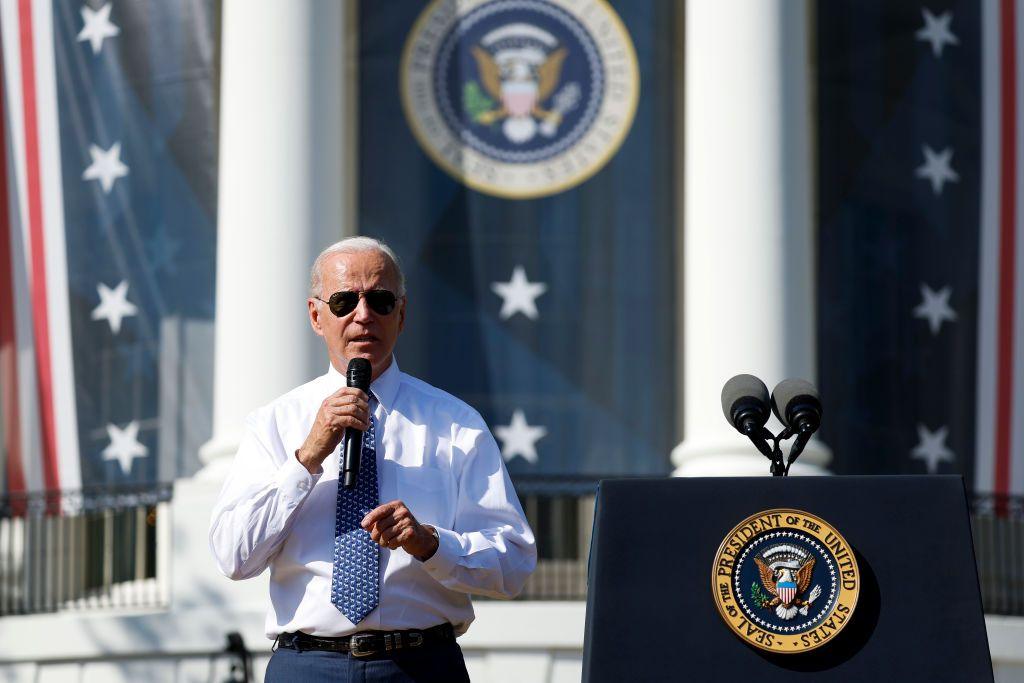
The Inflation Reduction Act became law in 2022, introducing investment in clean energy projects.

- Published30 August 2024
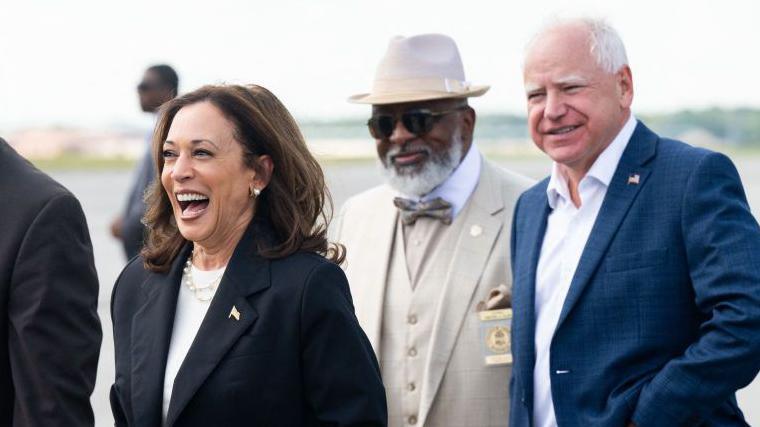
- Published30 August 2024
